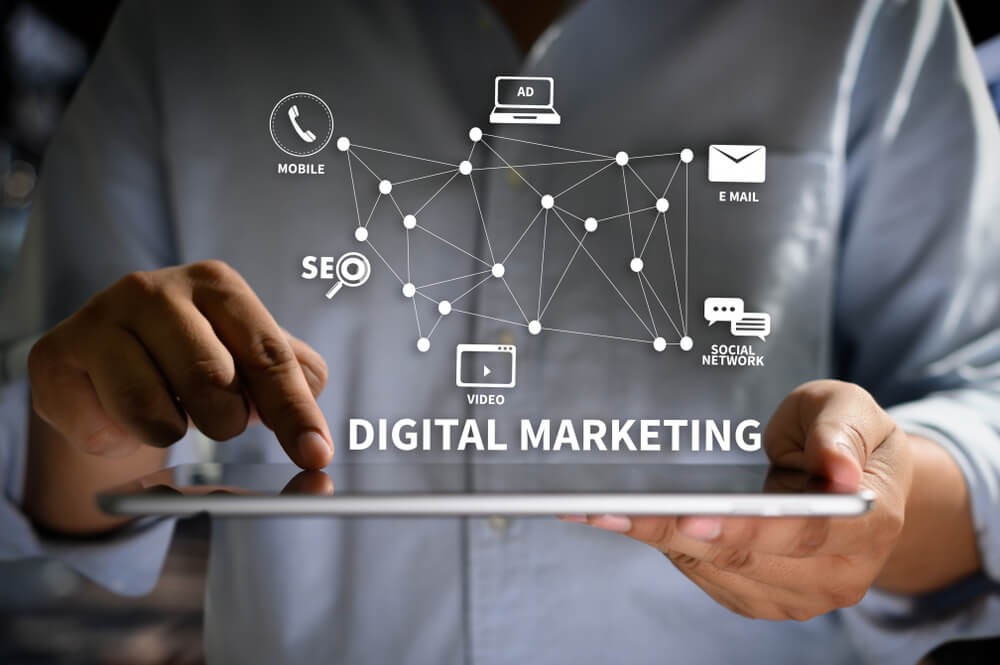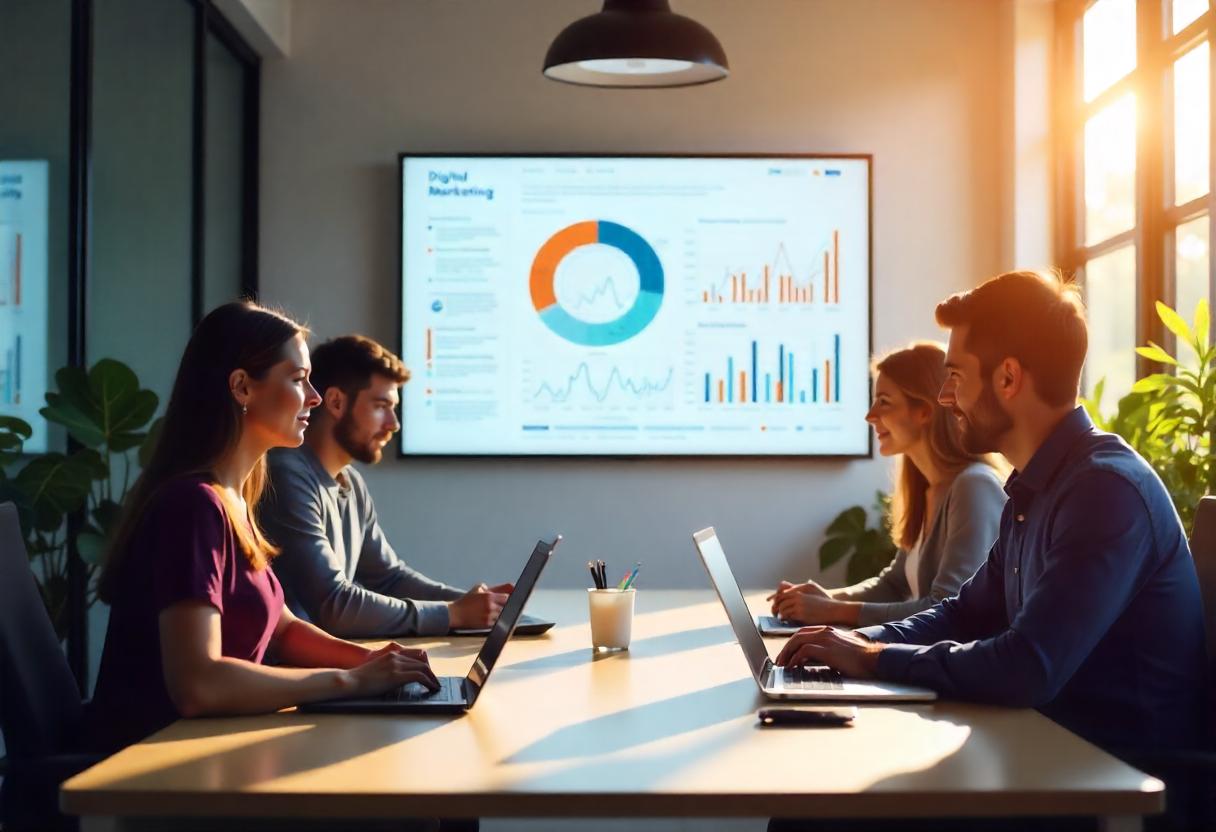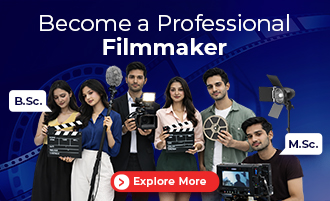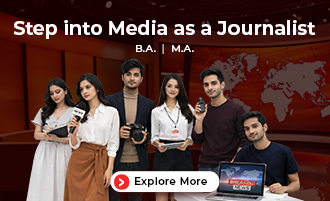What is Influencer Advertising? Trends, Platforms & Campaign Ideas
You probably remember the boAt campaign featuring influencers like Bhuvan Bam and Prajakta Koli, creators who have long been a part of our everyday feed, sharing relatable content. What might have felt like just another fun collaboration was, in fact, a well-planned move by the brand to connect with its audience on a deeper, more personal level. Through strategic partnerships with influencers who genuinely resonate with young India, this homegrown brand has grown into a lifestyle name that now stands equivalent to global giants.
This is just one example of how brands today are collaborating with influencers to connect with us. Traditional ads are easy to skip, and most of the time, it takes time to trust the effectiveness of the product or even the services! In contrast, when a creator we follow talks about a product, it feels more honest and personal. This is exactly what influencer advertising deals with, which is making marketing more engaging, relatable, and tailored.
What is Influencer Advertising?
Ever planned a trip just because you saw someone post dreamy pictures from Manali or Bali on Instagram? For most of us, travel ideas, fashion trends, and even daily choices come from what we see on our social media feeds, especially from creators we trust and follow. Influencer Advertising is just at the heart of this saga.
Influencer advertising means brands work with individuals who have a strong online presence, people who can influence their followers’ opinions or buying decisions, and most often, they are just people like us who share their everyday lives, maybe through travel vlogs, skincare routines, fashion hauls, or tech reviews.
Do you want free career counseling?
Ignite Your Ambitions- Seize the Opportunity for a Free Career Counseling Session.
- 30+ Years in Education
- 250+ Faculties
- 30K+ Alumni Network
- 10th in World Ranking
- 1000+ Celebrity
- 120+ Countries Students Enrolled
Earlier, only celebrities were seen promoting products on TV or in magazines. But now, even someone with a few thousand followers can shape public opinion, especially if their content feels real and honest. The reason for the huge boom of influencer advertising is mainly because their endorsement does not come across as a sales pitch from a brand but rather like getting a suggestion from a friend.
Rise of Influencer Advertising in India
Before going out these days, it has become a habit to check the place online. Most of us now look at what our favourite influencers say, because we find them honest and easy to trust, sometimes even more than Google reviews. From street food to skincare, we now follow suggestions from people who feel just like us.
Especially in a diverse country like India, with many languages, emotions, and cultures, influencer campaigns here are not just about showing a product, but about integrating it into our real life. What works in Delhi may not work in Lucknow. So, brands now work with local creators who understand the festivals, the language, and the feelings of people. This makes the ads more impactful and personal.
Book Now →
Also, influencer advertising in India is now getting more rules. The Advertising Standards Council of India (ASCI) says that creators must clearly state if a post is paid for, helping people know what is sponsored and keeping the trust between followers and influencers robust.
Read Also: How to Use Social Media to Maximize Your Event’s Reach
7 Key Trends Shaping Influencer Advertising
Here are some of the biggest trends in influencer advertising in 2025 that both brands and aspiring creators should know.
Do you want free career counseling?
Ignite Your Ambitions- Seize the Opportunity for a Free Career Counseling Session.1. Rise of Nano and Micro-Influencers
Small creators with 1K to 50K followers are growing fast, owing to their high engagement rate, as the audience feels more connected and personal. Likewise, brands in India are recognizing the shift and choose local voices over big celebrities now.
2. Preference for Video Content
Short videos on platforms like Instagram Reels, YouTube Shorts, and even Snapchat are winning hearts. Brands prefer short-form content because it is quick, easy to watch, and shareable not stretching the attention span of the viewers.
3. Regional Language Content
Considering the diversity of India, content in Tamil, Telugu, Bengali, and other regional languages is becoming quite popular as it’s easier to feel connected with someone who speaks our mother tongue.
4. Influencers Becoming Entrepreneurs
Many creators are starting their product lines these days, like skincare, fashion, or snacks. Quite often after building a strong base and a personal brand, these influencers go on to launch something their audience already trusts. Sometimes, already-established brands also collaborate with these influencers to offer a new, innovative product line.
5. AI Tools and Virtual Influencers
Brands are now using AI-powered tools to track influencer performance. Some are even trying virtual influencers, computer-generated personalities that look and act like real people.
6. Focus on Authentic Storytelling
It’s 2025, and we are far from chasing ‘perfection’, even if it’s social media posts or stories. Our preferences are changing, and inclining more towards real stories, honest reviews, behind-the-scenes, or daily life content.
7. Stronger Rules and Brand Transparency
Influencer advertising in India is no longer a vague collaboration, it now follows clearer rules. ASCI and social media platforms require creators to use proper labels like #Ad or #Sponsored, which in turn, helps foster trust and keeps influencer marketing transparent.
Choosing the Right Platform
With so many platforms available, how do brands decide where to focus their influencer marketing efforts? Choosing the right platform for influencer advertising majorly depends on factors like the brand’s target audience and the platform where they spend their most time.
Here are seven key trends in influencer advertising platforms for 2025.
1. Instagram Remains a Visual Powerhouse
Instagram continues to be a top choice among brands for showcasing products visually. With features like Stories, Reels, and Shopping, it is ideal for lifestyle, fashion, and beauty content.
Read Also: How AI and Tech are Transforming Public Relations?
2. YouTube for In-Depth Content
YouTube is perfect for detailed product reviews, tutorials, and storytelling. Consumers often turn to YouTube for comprehensive information before making purchase decisions, making it a valuable platform for tech, education, and DIY brands.
3. LinkedIn for Professional Engagement
LinkedIn has grown beyond just professional networking. It is now a hub for thought leadership and B2B marketing. Nowadays, brands often collaborate with professionals to share insights, case studies, and industry news, building credibility and trust.
4. Regional Platforms Gaining Traction
Platforms like ShareChat and Moj are becoming popular among regional audiences in India. Brands looking to connect with non-English speaking demographics are leveraging these platforms to create content in local languages to widen their reach.
5. Short-Form Video Content Dominates
Short videos are capturing attention across platforms. Whether it is a quick recipe, a fashion hack, or a motivational quote, short-form content is easily digestible and highly shareable, making it a favorite among Indian users.
6. Live Streaming for Real-Time Interaction
Live sessions on platforms like Instagram and YouTube allow influencers to interact directly with their audience. Brands in India are using live streaming for product launches, Q&A sessions, and behind-the-scenes glimpses, fostering a sense of community and immediacy.
7. Emphasis on Platform-Specific Content
Each platform has its unique content style and audience behavior. Brands are tailoring their influencer marketing strategies to fit the specific nuances of each platform, ensuring content resonates well with the intended audience.
How to Craft Effective Influencer Campaigns
Read Also: Micro-Influencers vs. Celebrities: Who Drives Better PR Results?
Here are 4 tips to build a strong influencer marketing strategy in 2025:
1. Choose the Right Influencer
Avoid onboarding an influencer just because the creator is famous, instead, look for creators who match your brand values and with an audience base that you aim to target.
For example, a local food vlogger may create more impact than a celebrity when promoting a new snack brand.
2. Keep the Content Real and Relatable
People usually stop scrolling when posts/stories feel personal and relatable, so persuade influencers to share their genuine experience, not just follow a script.
3. Mix Formats for More Reach
Use a mix of content, for example, reels for quick views, long YouTube videos for in-depth reviews, and stories for behind-the-scenes, to widen your audience reach.
4. Set Clear Goals and Give Creative Freedom
Be clear about what you want, brand awareness, sales, or app installs, but also give influencers the space to add their unique voice. Audiences know when something looks “too perfect,” so let creators be themselves while keeping your brand in focus.
Influencer Campaign Ideas
Here are few tips for curating the perfect brand campaigns for your audience.
Read Also: How Social Media is Transforming Event Management Strategies
In a world where content is everywhere, only the creative ones stand out. Here are some creative influencer campaign ideas that actually connect with today’s audience:
1. Start Fun Interactive Challenges
Whether it’s a dance trend or a recipe remix, people love to join in to feel a sense of community. Brands can create simple challenges that people enjoy doing, like styling a look under ₹500 or trying a local street food twist at home.
2. Show the Behind-the-Scenes Side
Everyone loves to have an ‘exclusive’ peek behind the curtain. Brands can partner with influencers to show how a product is made, packed, or even tested. In a country like India, where people care about effort and emotion, showing the humanitarian aspect of a brand makes a big difference.
3. Use User-Generated Content
Brands can ask their followers to share photos or short videos with a hashtag, and then feature the best ones, thus solidifying the trust among the public.
Read Also: Impact of Social Media on Public Relations in the Digital Age?
4. Share Educational and Value-Added Content
Informative content is always useful. For example, a skincare brand can explain ingredients, a food brand can share quick tips, or a travel brand can suggest weekend getaways. When influencers share valuable knowledge in an engaging and creative manner, it is easier to gain an audience.
Conclusion
There is no denying the fact that influencer advertising in India has become a part of how we live, shop, and decide. As we have seen, the influencer advertising trend is growing and changing how brands are perceived, and it is only the start of the momentum.
So, if you dream of building creative, strategy-driven campaigns or want to work behind the scenes of big brand stories, now is indeed the best time to step into the world of advertising, PR, and events.
With real projects, in-house PR and ad setups, digital tools, expert-led workshops, and corporate exposure, at AAFT, students learn the true pulse of the industry from Day 1. With our mentorship and industry workshops, we will train you for stepping into the industry, ensuring that you thrive with our placement partners, including brands like Wizcraft, Mudra Groups and Times Internet.
Talk to us today as the admission for 2025 is open now!

AAFT has been providing the world with limitless creativity and expression since 1993! Through a dynamic and industry-driven curriculum, AAFT provides engaging and captivating articles to persuasive blogs and empowers its readers to explore diverse avenues of creative media education-related content.











